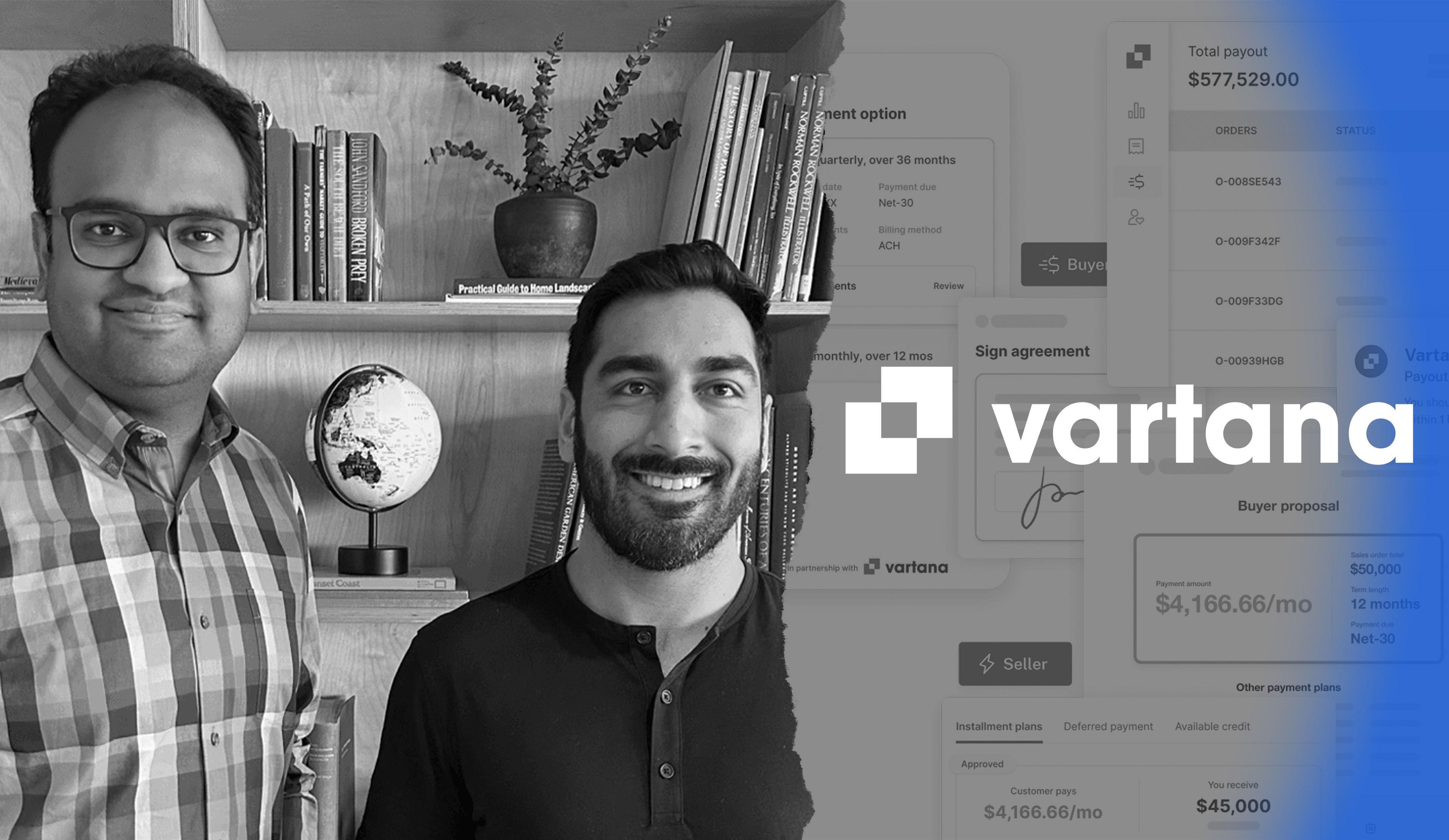
Investment Rationale
June 2023
Supercharging Sales Teams
Why we're investing in Kush and Ahmed of Vartana
Read moreInvestment Rationale
July 2021
5 minutes
Activant is excited to announce that we have co-led Eco’s $60 million Series B. We are proud to bring our fintech expertise to the table alongside a16z Crypto and L Catterton, a leading consumer growth firm.
Eco is one of the rare companies that is rebuilding the infrastructure layer while offering a superior digital experience for the end consumer.
Why are we so excited? It starts with the team. We first met Eco after we partnered with Bolt, and were blown away by the combination of the team’s diverse expertise and vision for the future of money. Today, they have built a movement, evidenced by a passionate community and a waitlist of over 180,000 people looking to take their cash back. Let’s unpack how we got here.
Investment Rationale
July 2021
5 minutes
In the wake of the Financial Crisis of 2008, Congress passed the Durbin Amendment as part of a greater financial reform package. The 2011 law targeted debit interchange rates – the fee a card’s issuing bank can charge a merchant to process a debit card purchase. It cut them in about half, from an average of 50¢ to 24¢ per transaction.
Intentions were good: to lower processing costs for merchants, the savings from which would be passed on to consumers in the form of lower prices. Yet the law had knock-on effects: it slashed the revenue big banks generated from debit interchange by $14 billion annually. And in an effort to recoup this lost revenue, they turned to fees.
Higher account maintenance fees (and higher minimum balance requirements to avoid them), more severe overdraft penalties, inactivity and account closing fees, and more poured on as staples of the banking experience. This ultimately hurt American consumers, especially the most financially vulnerable. By some estimates it increased the unbanked population by 1 million people.
So a decade later, where do we stand?
The interchange rate cap only applied to banks with over $10 billion in assets, meaning many local credit unions and community banks were exempt. They could keep their rates higher and maintain a key source of revenue, especially important with their smaller scale. Meanwhile, smartphone adoption and the mobile revolution boomed in the early 2010’s, setting the stage for a bank in your pocket. Cheaper digital distribution combined with a regulatory advantage brought about the era of the neobank.
Neobanks did everything legacy banks could not. They built a mobile-only banking experience; acquiring and servicing customers digitally, which allowed them to avoid the sprawling branch network and accompanying staff that has defined banking for the last century. They focused product on checking, savings, and debit cards, not aiming to immediately reproduce the full product suite of a major bank. They sidestepped the onerous process of acquiring a banking charter by partnering with a small Durbin-exempt bank that already had one. These partner banks got deposits without having to acquire customers themselves. And crucially, neobanks could generate substantial revenue from debit interchange.
Effectively a tech layer on top of a traditional bank, the neobank’s more streamlined business model meant they didn’t have to charge exorbitant fees and instead be customer-centric. They built seamless onboarding and added helpful features like pay advance, budgeting tools, and auto investing that legacy banks never felt the pressure to. Ultimately, neobanks could serve smaller customers that legacy banks wouldn’t bother with. They could acquire customers frustrated, underserved, or completely alienated by the old players. Now, a decade later, around 10 million Americans have an account with one of over 90 active neobanks, with scores more around the world.
Starting with Simple, who was first to market in 2009, the neobanking wave began primarily focused on mobile-native customers (mostly millennials). A handful have reached scale, but as the fintech-as-a-service industry has exploded in recent years, it has become easier to launch a neobank. This has led to deep specialization, as founders build product and market towards a specific demographic or vertical: from teenagers to freelancers to couples. While we’re excited for the neobank ecosystem to grow, we believe a new era is dawning.
For all of the innovation that neobanks have brought to market, the plumbing is still old. Neobank or not, ACH transfers still take days. Wires cost $30 or more and take even longer. And a national average savings interest rate of 0.06% means your money isn’t working for you.
What we need is a new set of pipes, in addition to a digital front end. This is where Eco comes in.
Starting from a clean slate, Eco is rebuilding the underlying infrastructure and giving consumers a single place to spend and save with unmatched rewards. They are ushering in a new era of consumer fintech: one of smart money.
We’re excited to tell you more...in Part 2.
Latest perspectives

Investment Rationale
June 2023
Why we're investing in Kush and Ahmed of Vartana
Read more
Market Perspective
May 2023
What can we learn from the business models of the past to weather today's market?
Read more